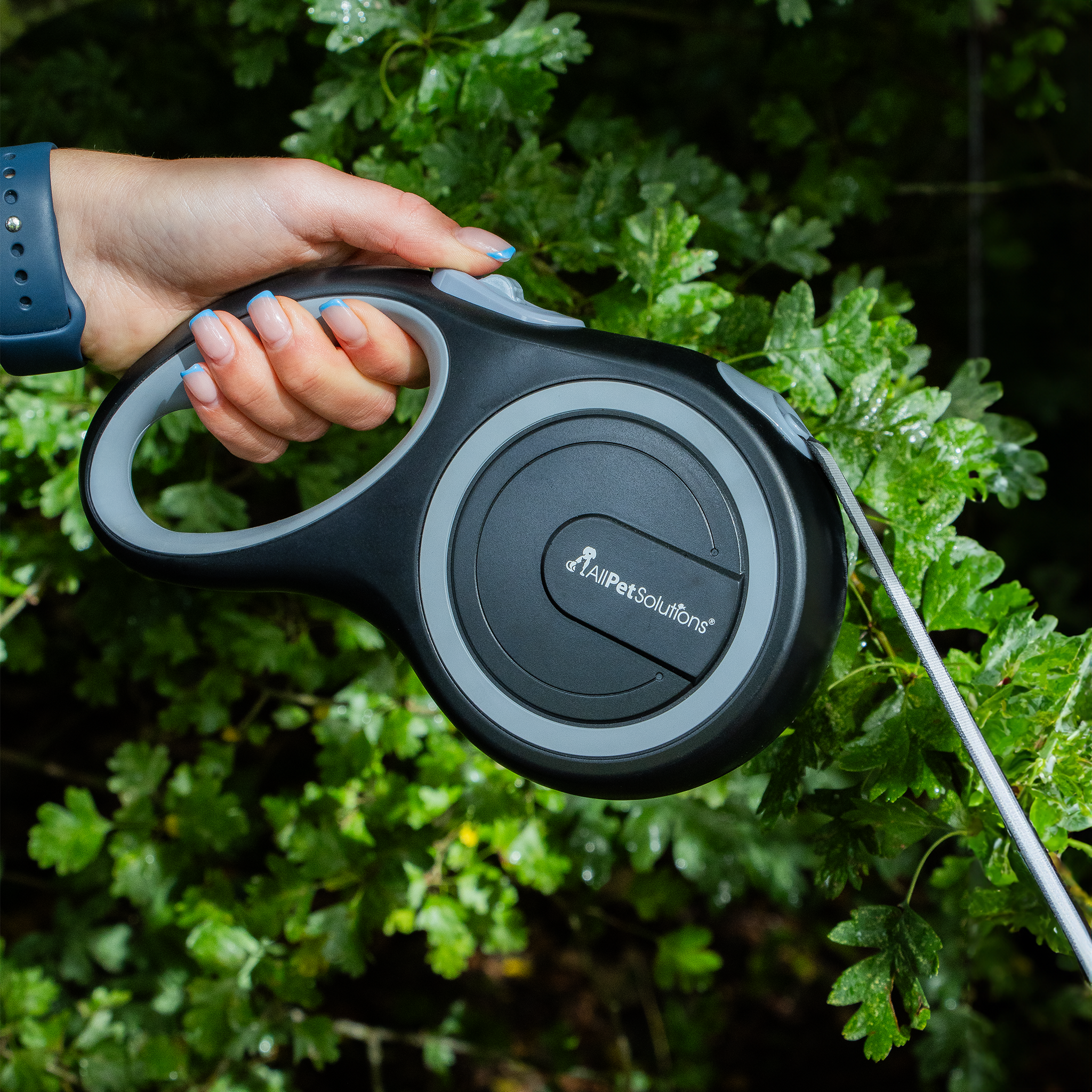Do Bug Hotels Really Work?
A bug hotel is a brilliant way to educate little ones about the natural world and help to protect endangered species and garden-friendly bugs such as bumblebees.
But, will a bugs hotel make a difference to your outdoor ecosystem?
The answer is a resounding yes! Wildlife bug houses are an easy way to make your home more animal friendly and ensure that your lawn will be your insects garden for life.
Let's explore how a bugs house works and why it's well worth having one on your property.
How Do Bug Hotels Work?
Bug houses are essential for a host of reasons.
A bugs hotel is built from natural, non-toxic materials better suited than most household materials or packing items.
A bug hotel helps support native wildlife by:
- Providing somewhere safe to sleep or hibernate.
- Replicating habitats that are often destroyed by buildings or development.
- Encouraging insects to live in your garden.
If you have a beautifully landscaped lawn or work hard on your flowerbeds, an insects garden is hugely beneficial for protecting your plants.
Bug houses are often used by multiple insects at once, including lacewings and ladybirds, a gardener's best friend, eating insect pests and aphids before they wreak havoc.
Why Are Insects Gardens Important?
We all know that some of our most treasured native insects, including bees and butterflies, are under threat.
That poses a serious issue for pollination, pest control and predators, who struggle if their natural food source isn't available.
A massive range of creatures can use a bugs house, big and small, ensuring they are safeguarded from environmental and human hazards.
You might find your bug hotel home to woodlice, hibernating bees, moths and even a friendly frog, all of which will be grateful for a warm, secure space to while away the colder weather.

